Neuroscience

Neurotransmitter receptors function via various G-protein coupled and G-protein independent mechanisms that activate downstream intracellular signaling pathways such as cAMP/PKA, PI3K/AKT, phospholipase A2, and phospholipase C pathways. For instance, dopamine receptors act through adenylate cyclase to activate PKA and other signaling molecules, thereby mediate gene expression through the actions of CREB and other transcription factors. Other neurotransmitters such as NMDAR or AMPAR are associated with ion channels that control flux of Ca2+ and Na+, thus propagating the action potential across the post-synaptic neuron.
Dysfunctions in GABAergic/glutamatergic/serotonergic/dopaminergic pathways result in a broad range of neurological disorders such as chronic pain, neurodegenerative diseases, and insomnia, as well as mental disorders including schizophrenia, bipolar disorder, depression, and addiction.
-
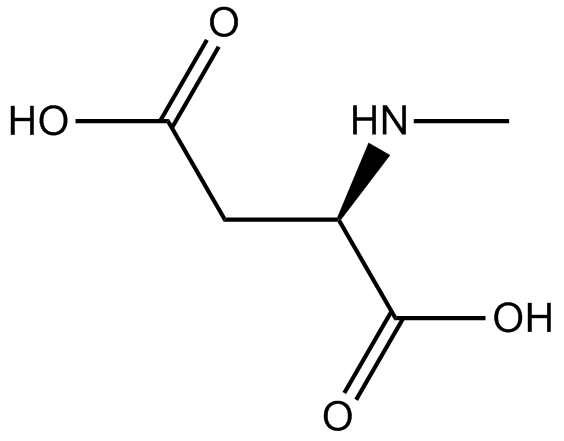 B1624 NMDA (N-Methyl-D-aspartic acid)Summary: NMDA receptor agonist
B1624 NMDA (N-Methyl-D-aspartic acid)Summary: NMDA receptor agonist -
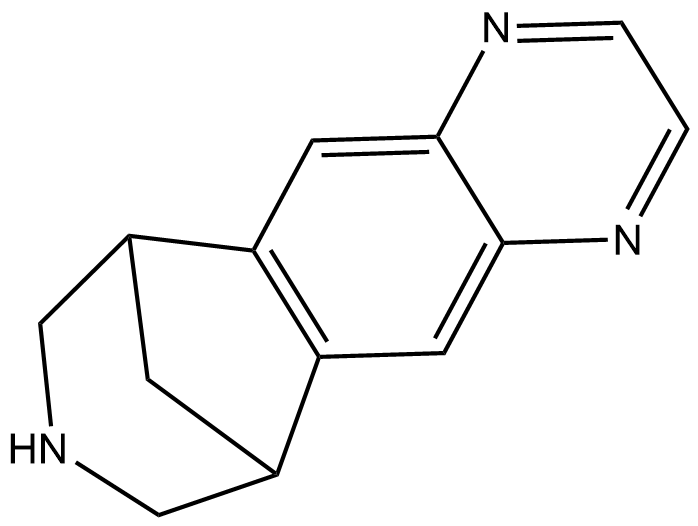 B1140 VareniclineSummary: α4β2 nAChRs antagonist
B1140 VareniclineSummary: α4β2 nAChRs antagonist -
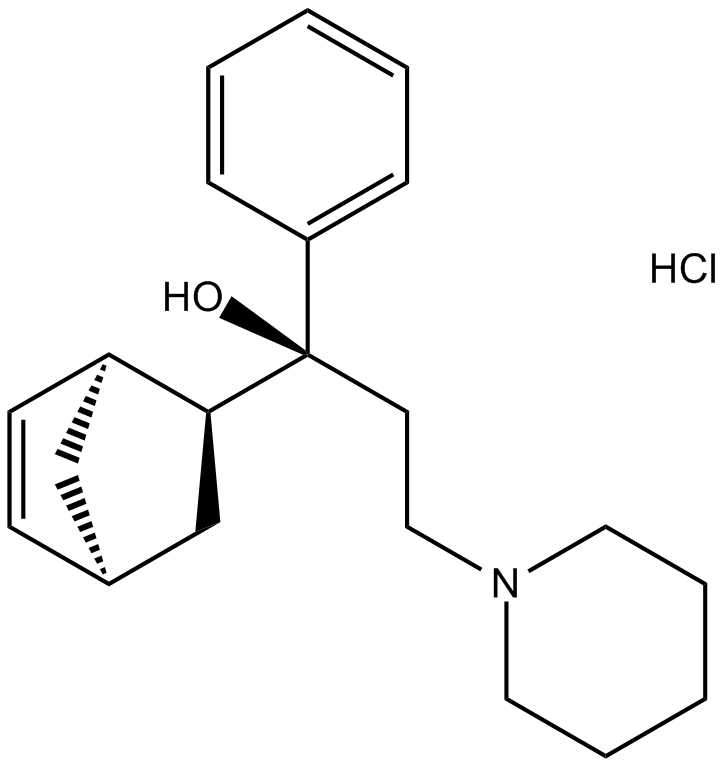 B1598 Biperiden HCl1 CitationTarget: M1 ReceptorsSummary: Anticholinergic drug
B1598 Biperiden HCl1 CitationTarget: M1 ReceptorsSummary: Anticholinergic drug -
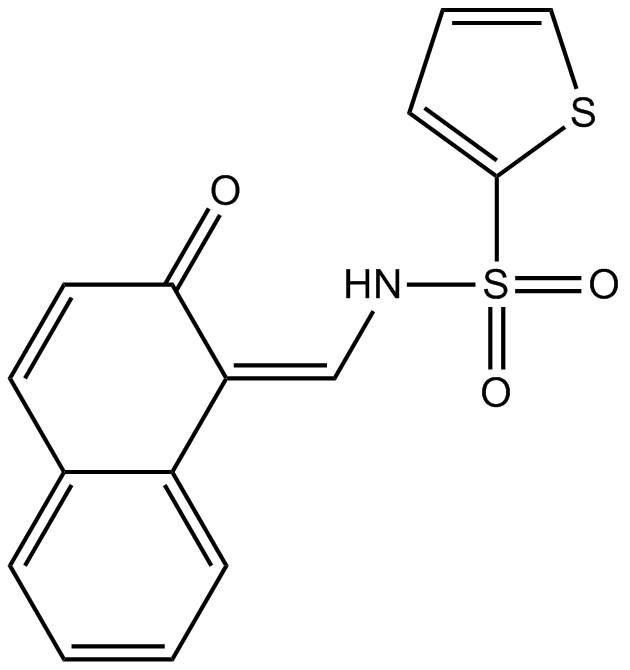 B5624 STF 083010Target: Inositol-requiring enzyme 1 (IRE1)Summary: IRE1α endonuclease inhibitor
B5624 STF 083010Target: Inositol-requiring enzyme 1 (IRE1)Summary: IRE1α endonuclease inhibitor -
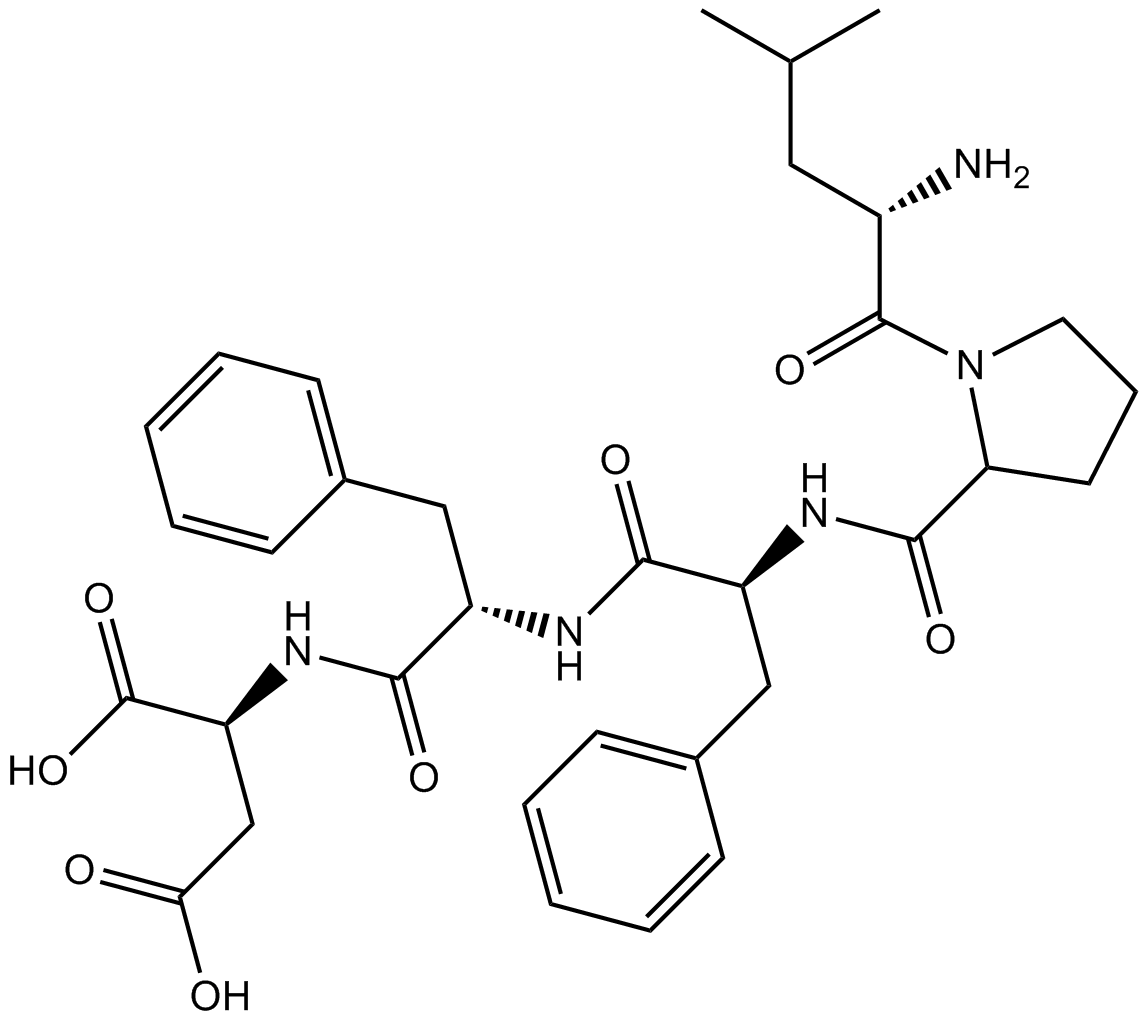 A1005 Beta-Sheet Breaker Peptide iAβ5Summary: Peptide which can inhibit amyloidogenesis
A1005 Beta-Sheet Breaker Peptide iAβ5Summary: Peptide which can inhibit amyloidogenesis -
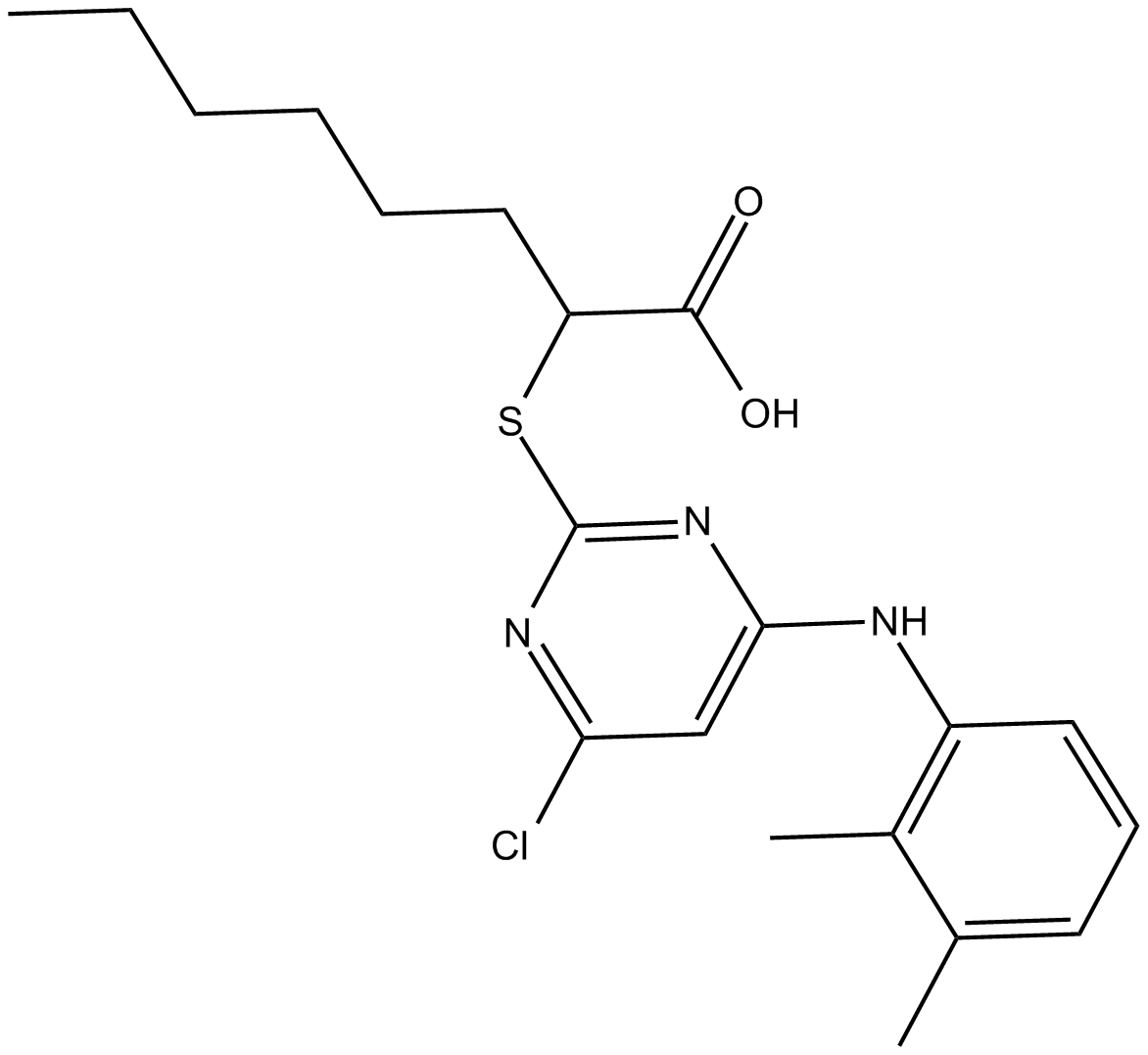 C4930 YS-121Summary: dual inhibitor of mPGES-1
C4930 YS-121Summary: dual inhibitor of mPGES-1 -
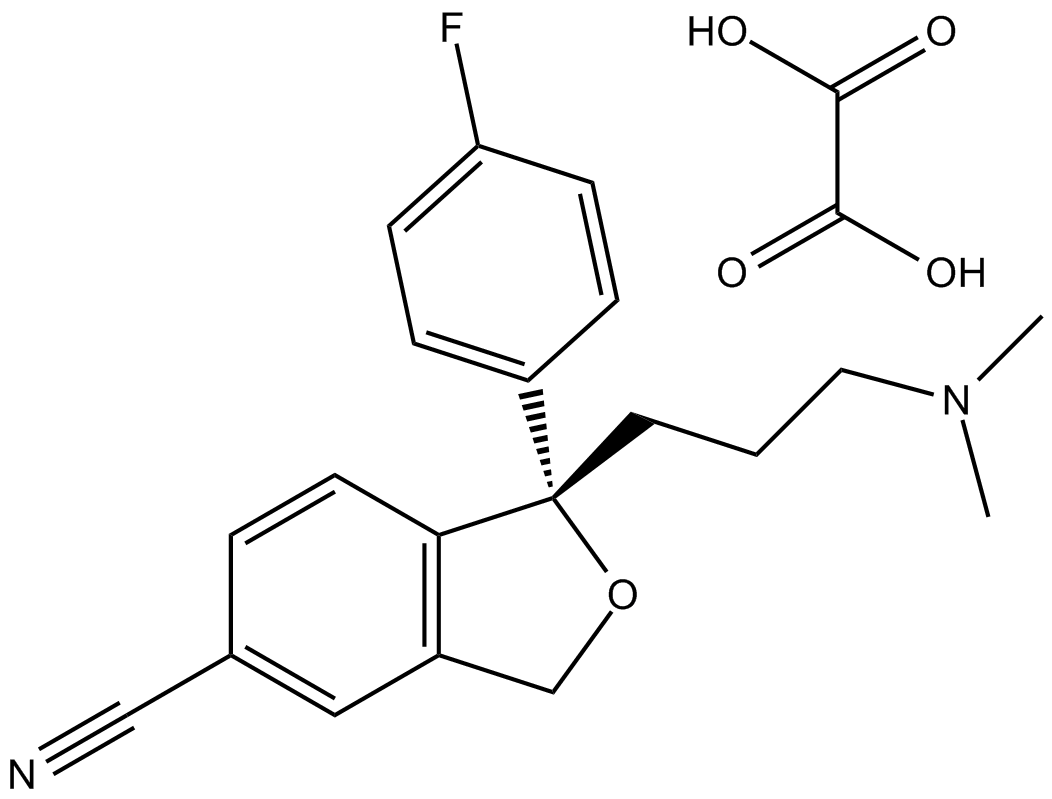 B2238 Escitalopram OxalateSummary: Selective 5-HT reuptake inhibitor
B2238 Escitalopram OxalateSummary: Selective 5-HT reuptake inhibitor -
 B5056 L-733,060 hydrochlorideSummary: Potent NK1 antagonist
B5056 L-733,060 hydrochlorideSummary: Potent NK1 antagonist -
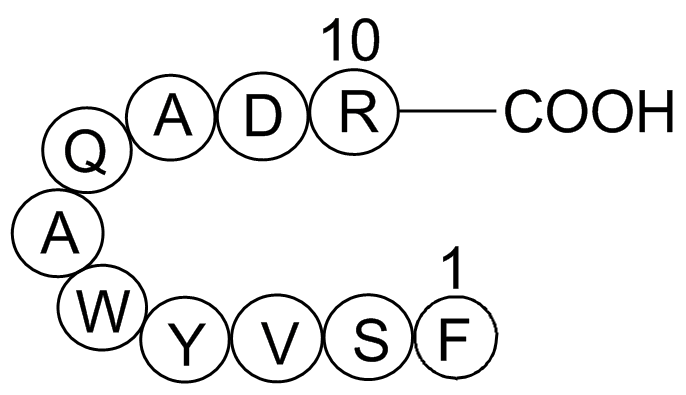 A2701 Scrambled 10PanxSummary: Panx-1 mimetic inhibitory peptide, blocks pannexin-1 gap junctions
A2701 Scrambled 10PanxSummary: Panx-1 mimetic inhibitory peptide, blocks pannexin-1 gap junctions -
 A3298 CetirizineSummary: Antihistamine
A3298 CetirizineSummary: Antihistamine

